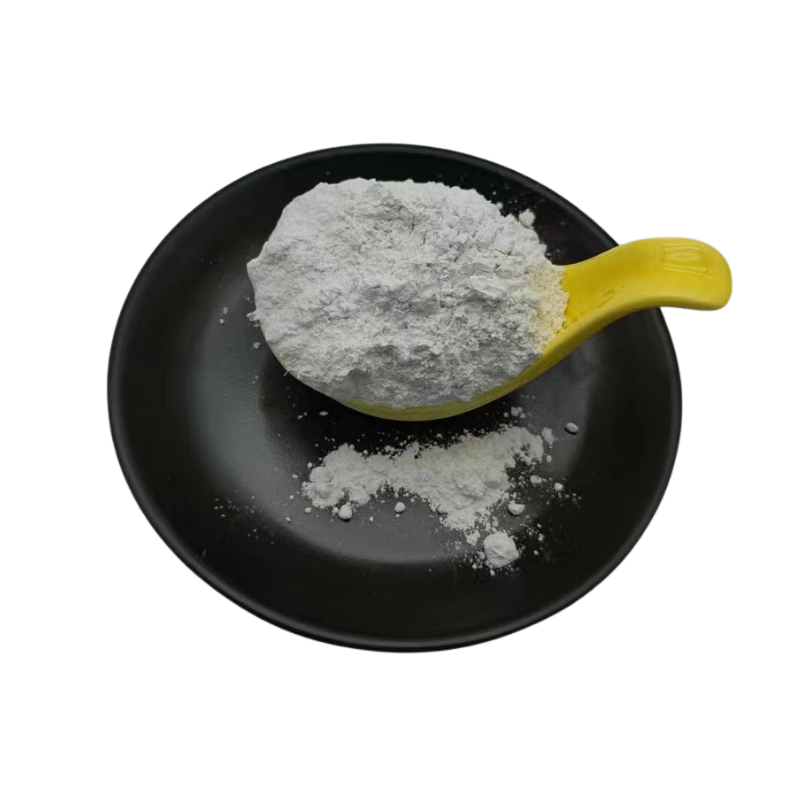
silica fume in cement
The Role of Silica Fume in Cement Enhancing Strength and Durability
Silica fume, a byproduct of silicon and ferrosilicon alloy production, has become increasingly popular in the construction industry as a supplementary cementitious material (SCM). Its unique properties contribute significantly to the performance of concrete, making it a valuable additive in cement production. This article delves into the role of silica fume in cement, focusing on its advantages and applications.
One of the primary benefits of incorporating silica fume in cement is its ability to enhance the strength of concrete. Silica fume consists of very fine particles, which have a high surface area that reacts with the calcium hydroxide generated during the hydration process of cement. This reaction forms additional calcium silicate hydrate (C–S–H), which is the primary binding compound in concrete. As a result, the inclusion of silica fume can lead to significantly improved compressive strength, often exceeding that of conventional concrete mixtures. This attribute makes silica fume an ideal choice for high-strength concrete applications, such as in the construction of bridges, high-rise buildings, and industrial structures.
Beyond strength, silica fume also improves the durability of concrete. Concrete mixed with silica fume exhibits lower permeability, making it more resistant to aggressive environmental conditions, such as sulfate attack and chloride intrusion. This is particularly crucial in areas exposed to harsh weather conditions or marine environments, where traditional concrete may deteriorate quickly. The dense microstructure formed in the presence of silica fume minimizes the ingress of moisture and harmful chemicals, thereby extending the service life of concrete structures.
silica fume in cement

Furthermore, the incorporation of silica fume can also enhance the workability of concrete, particularly in high-performance applications. Due to its finely divided nature, silica fume can improve the cohesion of concrete mixtures, leading to better compaction and reduced risk of segregation. This property is especially advantageous when dealing with intricate designs or densely reinforced sections of concrete.
Environmental considerations also play a crucial role in the increasing usage of silica fume in cement. As a byproduct, using silica fume contributes to recycling efforts and reduces the carbon footprint associated with cement production. By partially replacing cement with silica fume, the overall cement consumption can be reduced, leading to lower greenhouse gas emissions.
In conclusion, silica fume is a remarkable additive that significantly enhances the performance of cement and concrete. Its ability to improve compressive strength, durability, and workability makes it a valuable component in modern construction practices. As the demand for sustainable and high-performance building materials rises, the use of silica fume in cement is expected to grow, paving the way for stronger, more durable, and environmentally friendly concrete structures. The ongoing research and development regarding silica fume applications will likely lead to even more innovative uses in the cement industry, contributing to a more sustainable future for construction.
Share
-
Vermiculite Wholesale – Premium Quality, Bulk Supply & Competitive PricingNewsJun.10,2025
-
Premium Glass Pebbles Custom Glass Pebbles Factory & OEM Manufacturer Reliable Custom Glass Pebbles FactoriesNewsJun.10,2025
-
Expert Custom Zeolite Producers Manufacturers & FactoriesNewsJun.10,2025
-
Custom Glow in the Dark Beads High-Quality Custom ManufacturersNewsJun.10,2025
-
China Ceramsite Balls Factory - Lightweight & Durable Media Solutions ManufacturerNewsJun.09,2025
-
Custom Matte Mica Powder Manufacturers High Quality & AffordableNewsJun.09,2025






